This project page tells the story behind my Nyan Cat demo, part of the 2018 Hackaday Superconference badge. (Everything was written up after the fact, so that's why all the timestamps are after the conference.)
Nyan Cat badge demo project met its goals of:
- Giving me hands-on experience with Jaromir Sukuba's badge firmware code
- Serve as sample code to guide others in the same code base
- Fit within the limited free space left on existing badge firmware
- Be a fun little app for people to run on their badge
Thanks to the following people who made this project possible:
- The Hackaday team behind Superconference and this fun badge
- Chris Torres [prguitarman] who created the original animated GIF
- [Daniwell-P] who created the original music
- YouTube [saraj00n] who put the two together
- MuseScore [B.L.M.L.] for transcribing to sheet music.
 Roger
Roger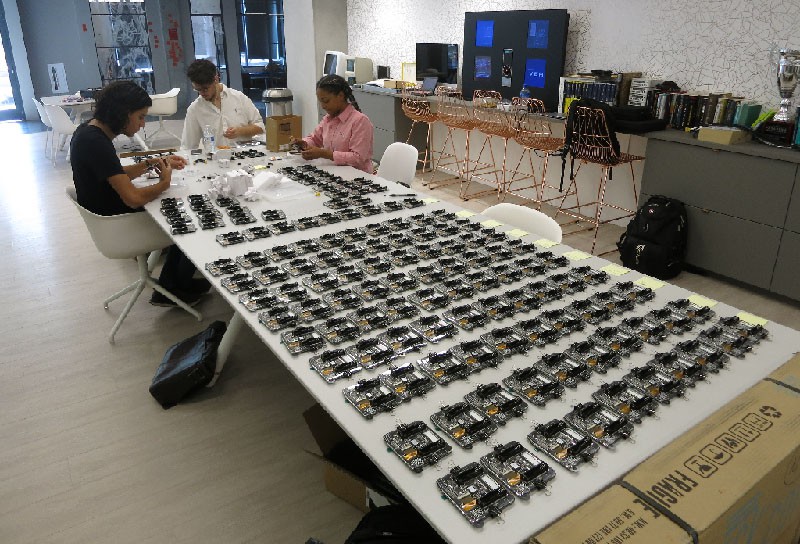
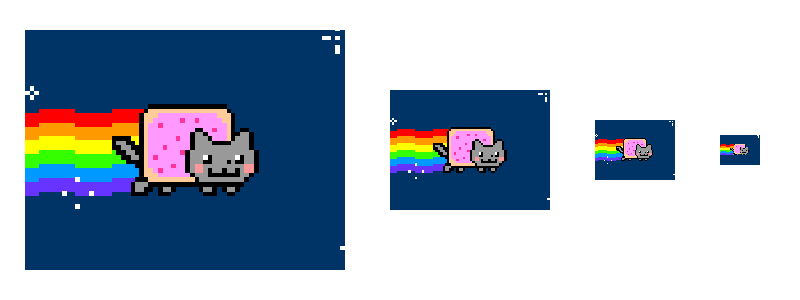
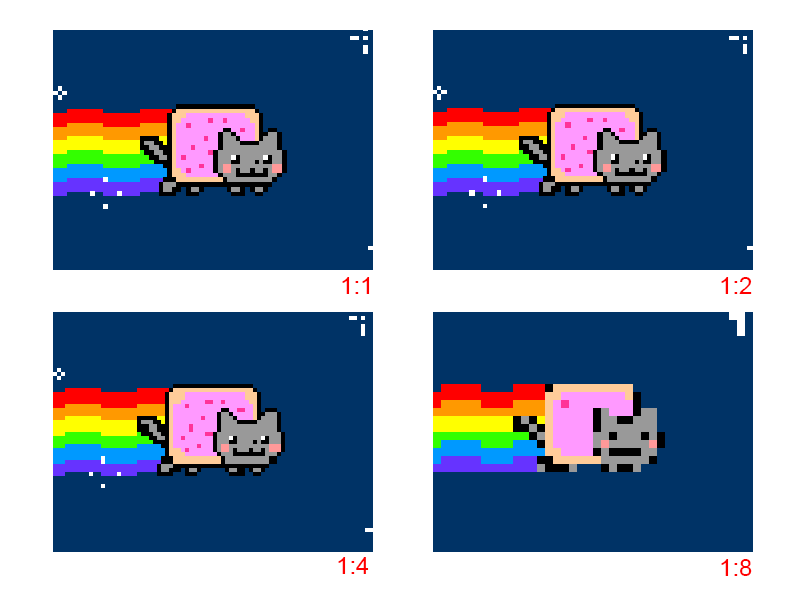


 Zapp
Zapp
 |)3vice
|)3vice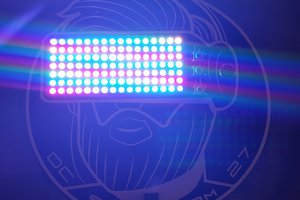
 s7a73farm
s7a73farm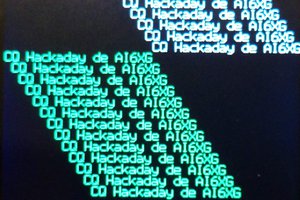
 phase2682
phase2682